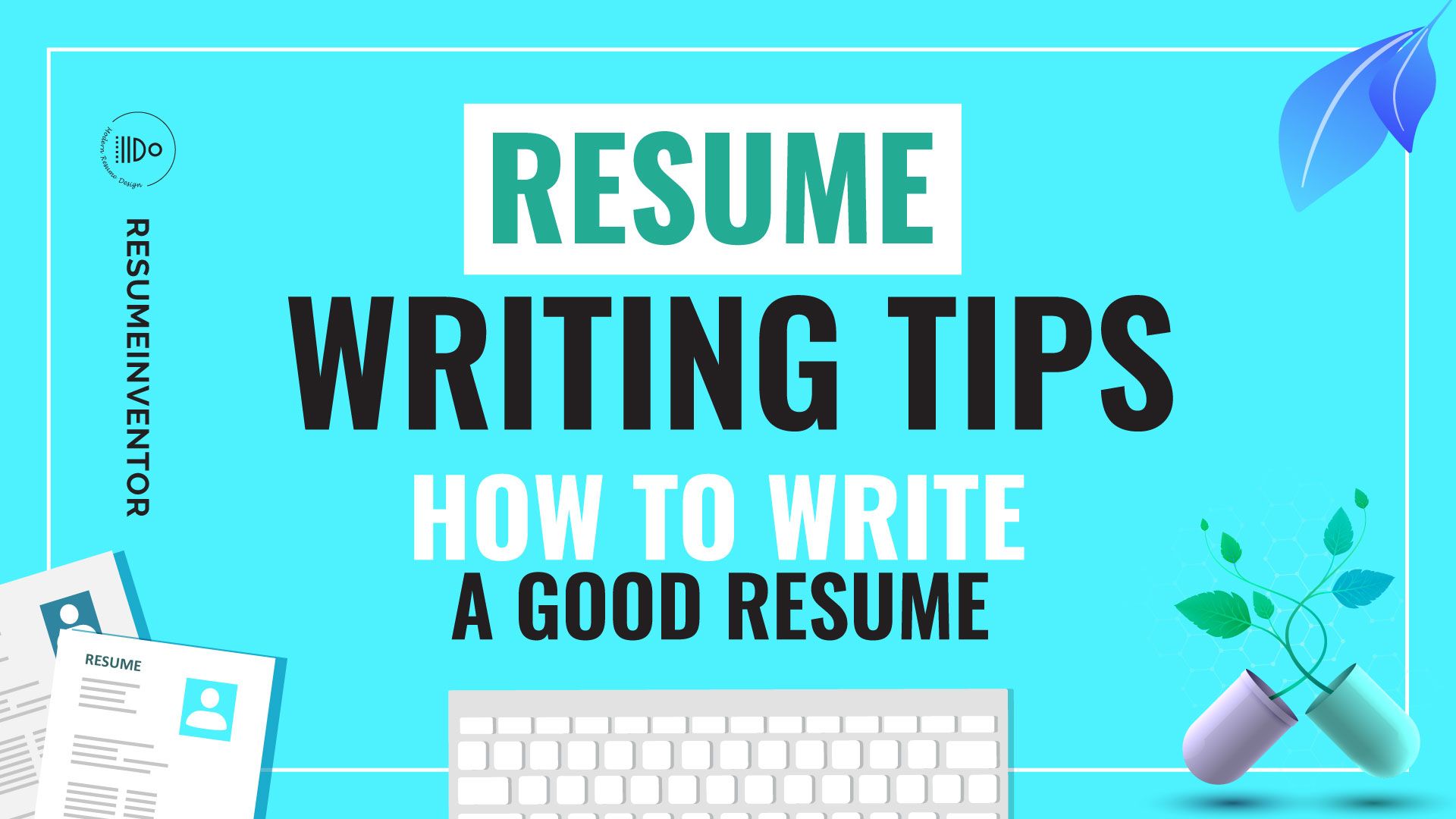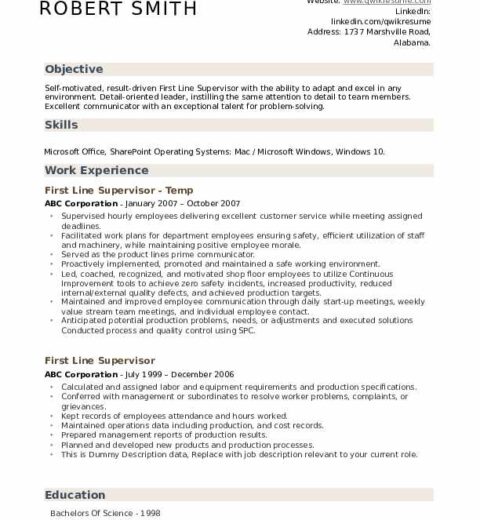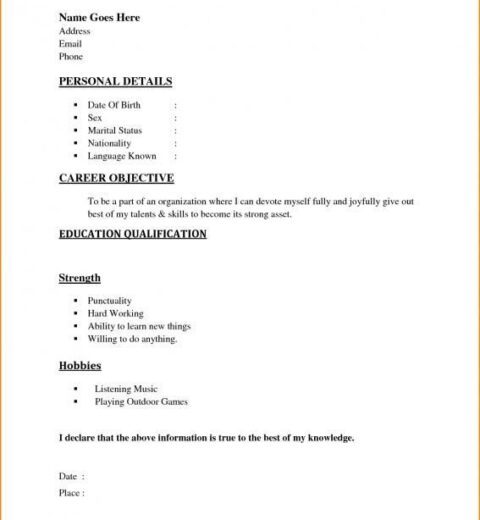Crafting a compelling resume is a nuanced art form, an exercise in precision that can significantly influence your career trajectory. For many, the resume serves as the first impression an employer will have, making it imperative that it stands out for all the right reasons. With the consistently competitive job market, understanding how to create an effective resume is paramount. Herein lies a treasure trove of practical tips that promise to shift your perspective on resume writing and bolster your prospects in the hunt for your dream job.
First and foremost, it’s essential to grasp the fundamental purpose of a resume. This document is not just a mere listing of your skills, experiences, and education but a strategic marketing tool. You are not merely a candidate; you are the solution to a prospective employer’s predicaments. Pinnacle of this understanding lies in the ability to articulate your value proposition succinctly and persuasively. The challenge then is to convey this effectively within the confines of a standard resume format.
To embark on this endeavor, begin with thorough research. Analyze the industry standards and the specific requirements of the job you are targeting. Employers are often inundated with applications; thus, you must tailor your resume to align perfectly with the job description. Elucidate how your previous roles equipped you with the specific skills that apply directly to the available position. Use keywords from the job description to ensure your resume passes through the initial screening processes, often conducted by Applicant Tracking Systems (ATS).
Next, focus on the structure of your resume. A well-organized layout enhances readability and showcases salient information effectively. Start with your contact information, prominently displayed at the top. Following this, a brief, impactful summary section serves as an enticing hook. This summary should be a snapshot of your professional persona, framed around your unique strengths and career aspirations. Rather than a generic statement, make it personalized and invigorating to capture the attention of hiring managers instantly.
Subsequently, venture into the experience section. Highlight your work history chronologically, or employ a functional or hybrid format based on your career stage and the relevance of your past positions. Each bullet point under your job titles should reflect specific achievements rather than mere responsibilities. Employ action verbs to infuse vigor into your descriptions—words like “designed,” “implemented,” and “enhanced” convey proactivity and impact.
Quantifying your achievements is a powerful technique. Instead of stating that you “managed a team,” specify that you “led a team of 10 to achieve a 30% increase in sales over six months.” Such metrics not only substantiate your claims but also enhance the overall appeal of your resume. Consider the inclusion of any relevant awards, recognitions, or certifications that underline your competencies and accomplishments.
Beyond experience, education remains a critical component. Present your educational background succinctly, listing your degrees, institutions, and graduation years. If you possess a degree related to the job, highlight it to create an immediate connection with the hiring entity. In cases where you lack extensive work history, an emphasis on relevant coursework or projects may provide complementary insights into your skills.
Another vital aspect is the inclusion of a skills section. Both hard and soft skills should be succinctly laid out, reflecting both your technical abilities and interpersonal competencies. Verify that these skills correspond to the job description, further aligning your resume with the employer’s expectations. In a world increasingly reliant on technology, proficiency in software relevant to your field can be a game changer.
As you refine your document, keep aesthetic considerations in mind. Use a clean, professional font with adequate spacing, ensuring effortless readability. Avoid overly intricate designs or a plethora of colors; simplicity often reigns supreme when it comes to professionalism. The document should be easily skimmable, allowing recruiters to quickly gather the most pertinent information.
Once the initial draft is finalized, the importance of meticulous revision cannot be overstated. Typos, grammatical errors, and inconsistencies can mar an otherwise stellar resume. Consider seeking the insights of peers or mentors, as an external perspective can unearth areas for improvement that may not be immediately apparent. Engaging in this process can lead to significant enhancements, ensuring your presentation is nothing short of pristine.
Additionally, consider the inclusion of a cover letter as a complementary piece of your application package. Though not always required, a well-crafted cover letter can provide context to your resume and further elaborate on your fit for the position. It allows you to express your enthusiasm and convey information that might not be evident through the resume alone.
Finally, remember that the journey to an exceptional resume is iterative. Continually assess and refine your document as you gain new experiences or shift career paths. A resume is not static; it evolves along with your career journey. Regular updates are essential, ensuring that your resume remains relevant and reflective of your current standing in the industry.
In conclusion, writing a good resume necessitates an amalgamation of thoughtful reflection, strategic presentation, and diligent revision. By perceiving your resume as a personal marketing document and adhering to the practical tips articulated here, you can enhance your appeal to prospective employers. This proactive approach not only elevates your chances of landing an interview but also lays the groundwork for your ongoing professional trajectory. As you venture forth, let each resume submission be an opportunity to refine this powerful tool, crafting a narrative that authentically represents your unique career story.




